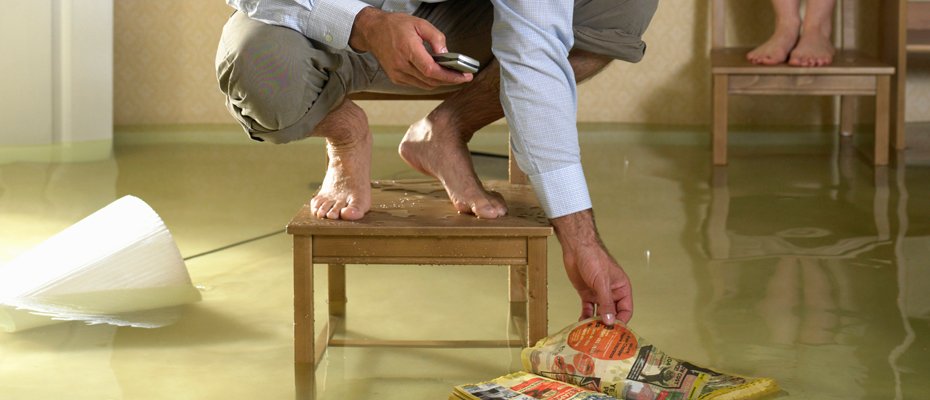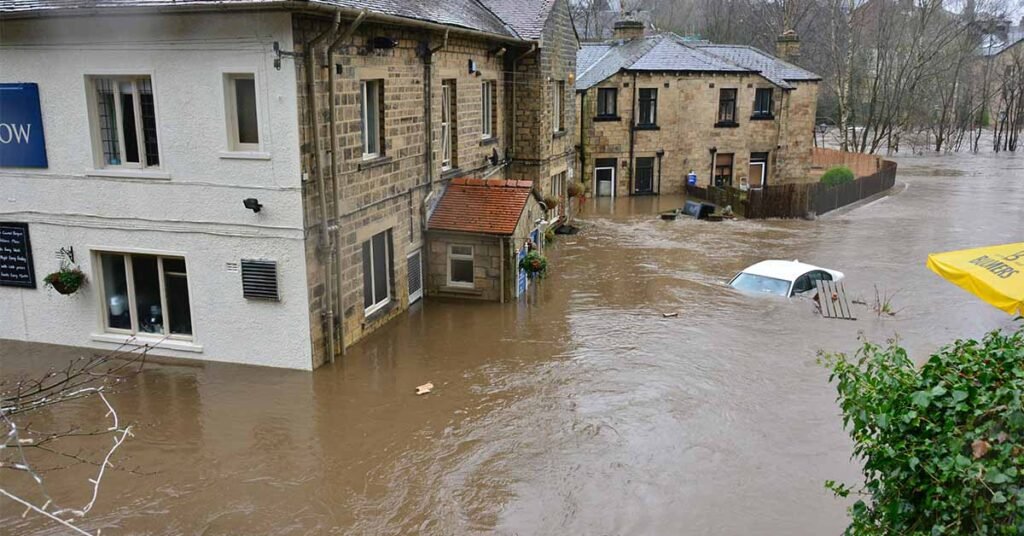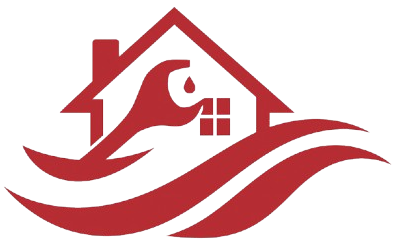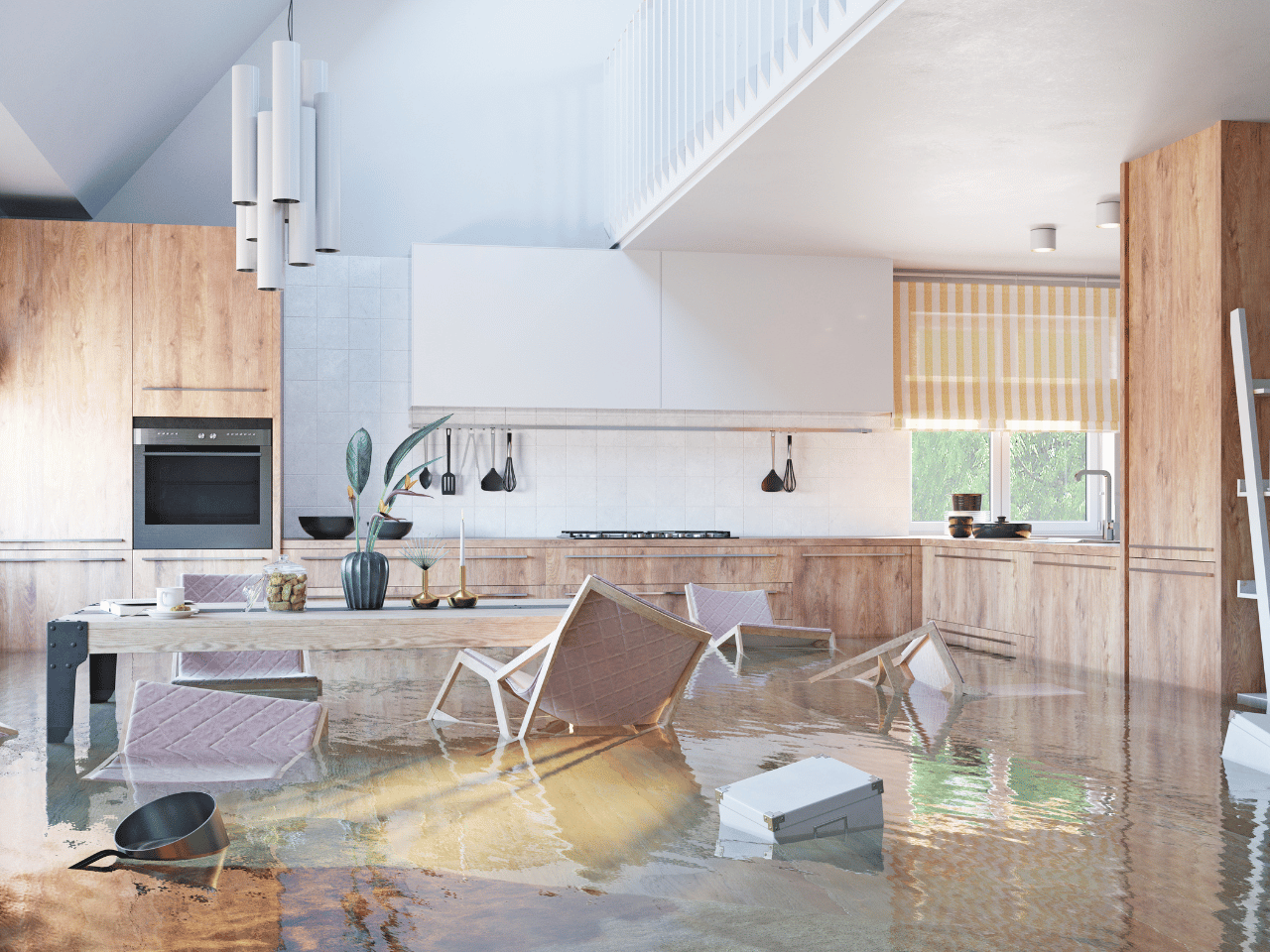Floods can hit hard and fast. Whether it’s a burst pipe or a storm surge, the aftermath can be overwhelming.
You look around your soaked floors and wonder: What now? That’s where this flood restoration guide comes in.
At Tacoma Restoration Pros, we’ve helped countless homeowners in Tacoma, WA bounce back after a flood. Let’s walk you through exactly what to do after your home floods, step by step.
Why Home Flooding Is a Serious Issue

Flooding isn’t just about soggy carpets and warped wood. Water can damage your home’s structure, ruin personal belongings, and lead to dangerous mold growth in as little as 24-48 hours. The faster you act, the more damage you can prevent.
Step 1: Ensure Your Safety First
Turn Off Electricity and Gas
If it’s safe to do so, turn off power and gas to avoid electrical hazards and gas leaks. If you’re unsure, wait for professionals.
Watch for Structural Damage
Check for sagging ceilings, cracks in the walls, or shifting floors. If anything looks unsafe, evacuate and call a pro.
Wear Protective Gear
Flood water can carry bacteria, chemicals, and debris. Always wear gloves, boots, and a mask before entering.
Step 2: Stop the Source of the Water
Natural vs. Plumbing Floods
Is the water coming from outside (rain, rivers) or inside (burst pipe, broken appliance)? Knowing the source helps you know how to stop it.
When to Call a Plumber or Emergency Services
For plumbing issues, shut off your main water valve and call a plumber. For larger disasters, call Tacoma Restoration Pros to handle emergency flood services.
Step 3: Document the Damage for Insurance
Take Photos and Videos
Before you move anything, document the damage. This includes walls, floors, furniture, appliances, and personal items.
Create a List of Damaged Items
Include model numbers, purchase dates (if possible), and estimated value.
Contact Your Insurance Company ASAP
The sooner you call, the sooner your claim can get processed. Many insurers require evidence before cleanup begins.
Step 4: Remove Standing Water
DIY Water Removal Tools
You can use wet/dry vacs, mops, or buckets for smaller floods.
When to Call Flood Restoration Experts
For larger floods, or if water has soaked into floors or walls, call Tacoma Restoration Pros. We use industrial-grade pumps and vacuums to remove water quickly and safely.
Step 5: Dry Out Your Home
Use Dehumidifiers and Fans
Start drying immediately. High-powered fans and dehumidifiers help pull moisture from the air and materials.
Open Windows and Doors
If the weather allows, get air circulating to speed up the drying process.
Monitor Moisture Levels
Moisture meters help you track when materials are truly dry. Skipping this step risks hidden mold.
Step 6: Prevent Mold Growth
Why Mold Starts Quickly
Mold can begin growing in 24-48 hours. Once it spreads, it becomes a costly and hazardous problem.
Cleaning vs. Professional Remediation
Small areas of mold (less than 10 sq ft) can be cleaned with bleach or mold cleaner. Larger areas should always be handled by professionals.
Step 7: Start Cleaning and Disinfecting
Sanitize Surfaces Safely
Use EPA-approved disinfectants on all surfaces that touched the flood water, especially in kitchens and bathrooms.
What to Toss, What to Save
Throw away:
- Mattresses
- Upholstered furniture
- Wall insulation
- Food items
Save (if cleaned properly):
- Hard furniture
- Clothing
- Some electronics
Step 8: Repair and Restore
Rebuilding Walls, Floors, and Structures
Once everything is dry and clean, you can begin repairs. This may include:
- Replacing drywall and insulation
- Installing new flooring
- Fixing or replacing electrical systems
Hiring a Flood Restoration Company in Tacoma

A trusted local company like Tacoma Restoration Pros can handle everything from demolition to full restoration. We help restore your home to pre-flood condition safely and efficiently.
Step 9: Review Your Insurance Policy
What’s Covered, What’s Not
Homeowners insurance often doesn’t cover floods from natural disasters unless you have flood insurance. Plumbing-related floods are typically covered.
How to Handle Denied Claims
If your claim is denied, ask for a detailed explanation and consider working with a public adjuster to challenge the decision.
Step 10: Prepare for Future Floods
Install Flood Sensors
These detect water early and alert you before major damage occurs.
Waterproofing Basements
Consider sealing basement walls, installing sump pumps, and using water-resistant flooring.
Create a Family Emergency Plan
Include evacuation routes, emergency contacts, and a waterproof document kit.
Why Hire Tacoma Restoration Pros
Fast Response Times in Tacoma, WA
We’re a local company with 24/7 emergency service. When you call, we act fast because minutes matter in flood restoration.
Licensed, Local, and Experienced
Our team is trained, certified, and experienced in both residential and commercial flood cleanup.
Insurance Claim Assistance
We don’t just clean up, we help with the paperwork too. From documentation to adjuster communication, we’ve got your back.
Conclusion
A home flood can turn your life upside down, but you don’t have to face it alone. Start with safety, document everything, get professional help when needed, and don’t delay cleanup.
The faster you act, the better your chances of restoring your home and avoiding long-term damage.
If you live in Tacoma or the surrounding areas, call Tacoma Restoration Pros. We’re here to help you every step of the way, from cleanup to complete restoration.
FAQs
1. How long does flood restoration take?
It depends on the severity, but typically between 3 days to several weeks. Drying alone can take 3–7 days.
2. What are the signs of water damage behind walls?
Look for musty smells, warped paint, peeling wallpaper, and soft or discolored drywall.
3. Is flood water dangerous to health?
Yes. It can contain bacteria, chemicals, and waste. Always wear protective gear and disinfect everything thoroughly.
4. Will homeowners insurance cover flood damage?
Only if the policy includes flood coverage. Regular policies typically don’t cover natural flood disasters.
5. Can I do flood cleanup myself?
For small spills, maybe. But large floods or contaminated water should always be handled by professionals like Tacoma Restoration Pros.

